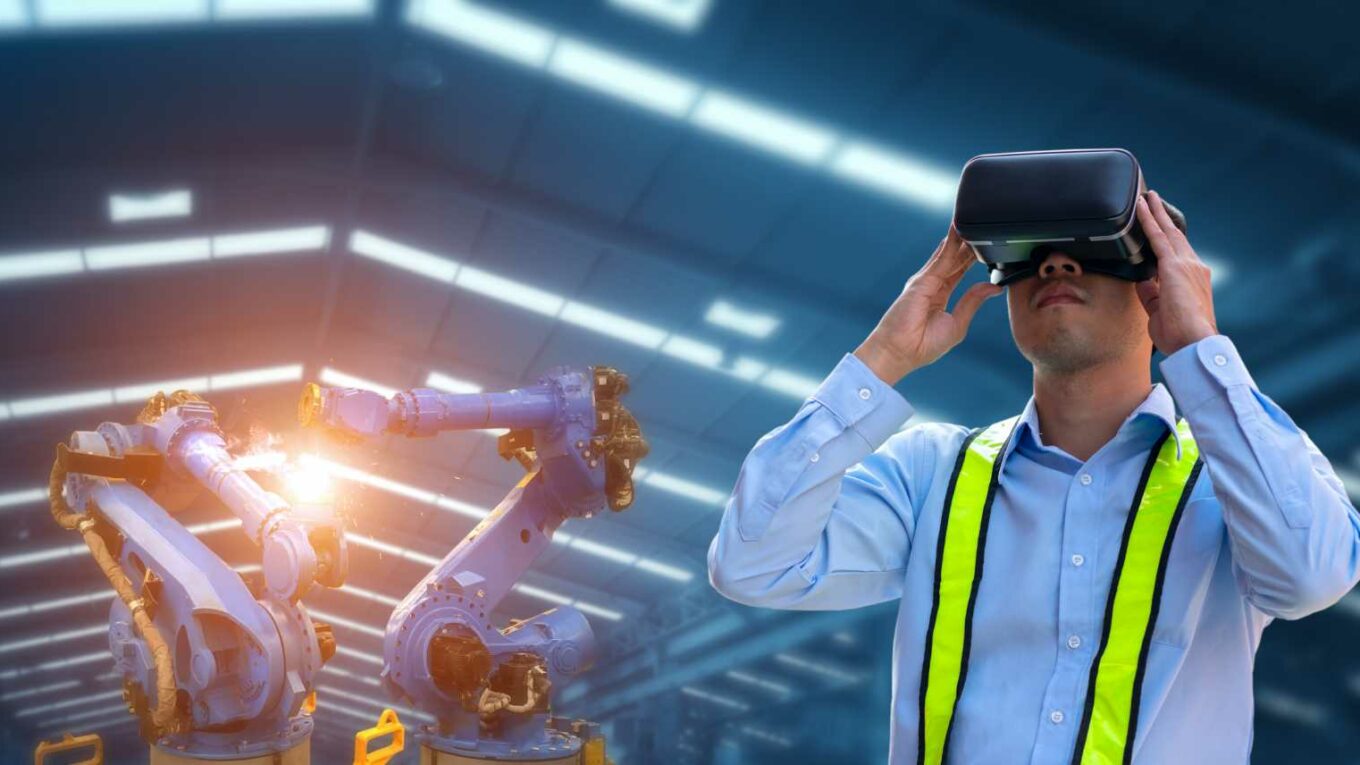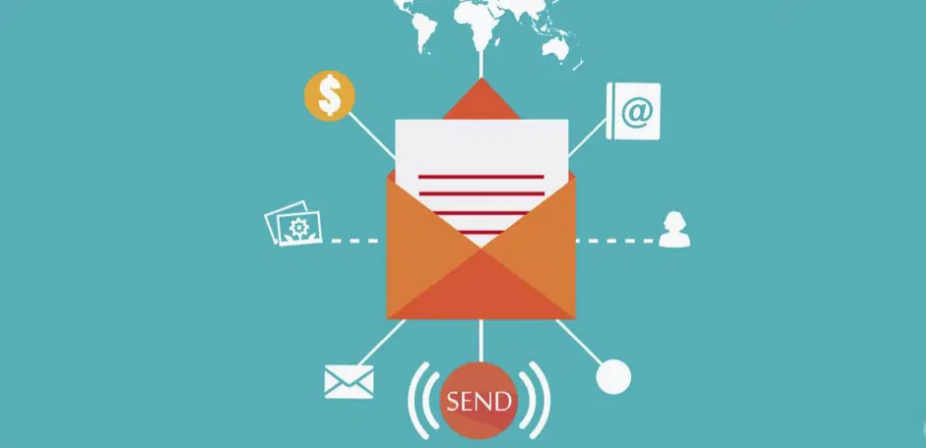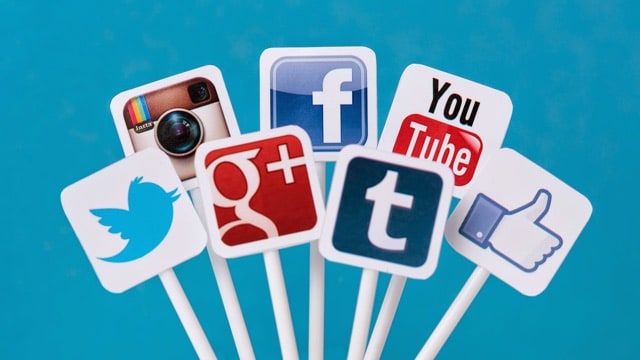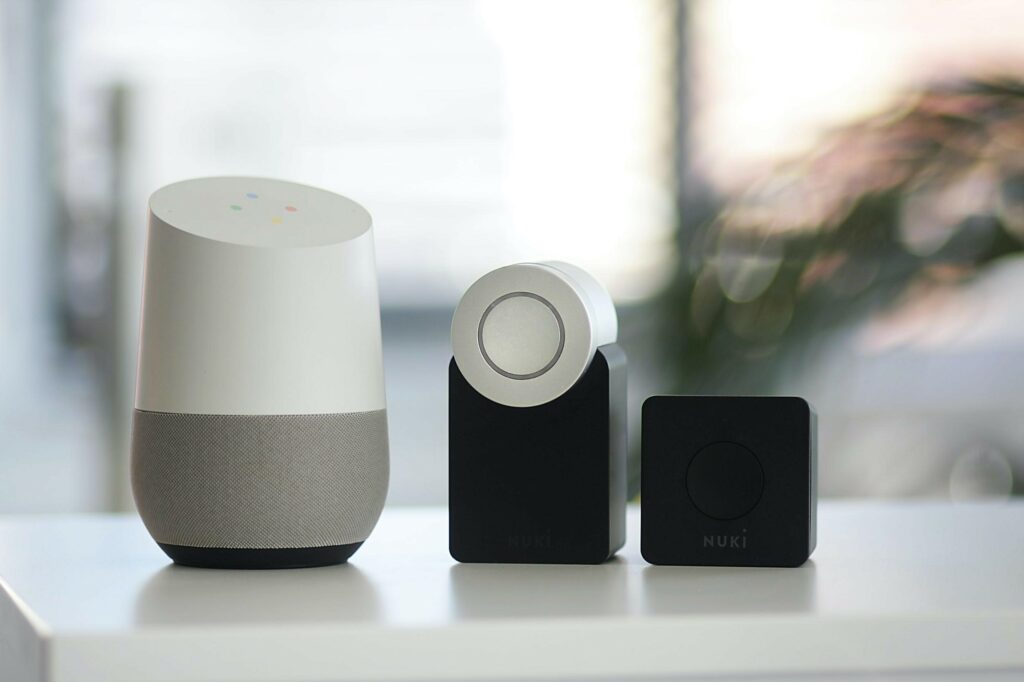The Evolution of Digital Communication
The evolution of digital communication is a remarkable testament to the relentless march of technological progress. Over the past few decades, we have witnessed an extraordinary transformation in how we connect, share information, and engage with the world around us. From the earliest days of rudimentary email and instant messaging to the immersive experiences afforded by virtual reality and artificial intelligence-driven chatbots, the landscape of digital communication has evolved into an ever-shifting tapestry of innovation and reinvention.
If you want to learn more about digital communication, here’s a quick journey through the rich history of digital communication, tracing its origins, seminal milestones, and the profound impact it has had on our personal and professional lives.
The Birth of Email
The digital communication revolution took its first tentative steps with the advent of email in the early 1970s. It was Ray Tomlinson, an engineer, who sent the world’s inaugural electronic mail, a simple message between two machines located side by side. This seemingly modest beginning, executed on ARPANET, the precursor to the modern internet, laid the foundational keystones for a communication revolution of seismic proportions.
Email provided a groundbreaking means of sending messages and files electronically, transcending the constraints of physical distance and revolutionizing the way we communicate.
Instant Messaging and Chat Rooms
The late 1990s ushered in an era defined by the advent of instant messaging services like ICQ and AOL Instant Messenger (AIM). These platforms allowed for real-time, text-based communication, spawning the proliferation of chat rooms and fostering the creation of online communities.
This marked a monumental leap forward in terms of immediacy and interactivity within digital communication. The ability to engage in dynamic, real-time conversations with individuals across the globe became an integral part of the online experience.
The Social Media Revolution
The early 2000s bore witness to the emergence of the social media era, reshaping how we connect with friends, share our lives, and discover content. Pioneering platforms like Friendster and MySpace paved the way for Facebook, which transformed the digital landscape.
Social media introduced the groundbreaking concept of user-generated content, effectively turning everyday individuals into content creators and curators. It redefined not only personal communication but also the dissemination of information and the very fabric of our online identities.
Now, social media is also home to potentially unsafe content, so finding alternative solutions to popular sites like Onlyfans, for instance, might be necessary if you want to keep things safe every step of the way.
The Mobile Messaging Boom
The proliferation of smartphones in the late 2000s heralded a new era in digital communication. Apps like WhatsApp, WeChat, and Telegram took center stage, offering not only text messaging but also voice and video calls. This shift marked a profound transformation in how we communicated with our contacts, expanding the horizons of digital conversations beyond the realm of simple text.
The fusion of multimedia elements, voice notes, and video calls became the new norm, enabling more prosperous and more dynamic interactions.
The Rise of Multimedia Communication
As digital communication evolved, the integration of multimedia elements became increasingly prominent. Platforms like Snapchat redefined the landscape by introducing ephemeral photo and video sharing. The advent of GIFs, emojis, and stickers enriched the expressive facet of online conversations.
Visual content emerged as a dominant force, allowing users to convey emotions and messages through images, videos, and interactive graphics, fundamentally altering the nature of digital dialogue.
Voice Assistants and AI Chatbots
Artificial intelligence (AI) made a profound impact on digital communication with the emergence of voice assistants like Siri and AI-driven chatbots. These technologies revolutionized how we interacted with devices, sought information, and sought assistance.
Voice assistants became our digital companions, capable of answering questions, executing tasks, and providing recommendations through natural language conversations. Simultaneously, AI chatbots infiltrated customer service and automated responses, enhancing the efficiency of online interactions.
Video Conferencing and Remote Work
The advent of the COVID-19 pandemic in the early 2020s expedited the widespread adoption of video conferencing tools such as Zoom, Microsoft Teams, and Google Meet. These platforms not only facilitated remote work and virtual meetings but also transformed the dynamics of personal interactions.
Virtual family gatherings, online social events, and collaborative work environments became the norm, underscoring the pivotal role of digital communication in maintaining human connections in an increasingly remote world.
Augmented and Virtual Reality (AR/VR)
Augmented and virtual reality technologies have introduced new dimensions into digital communication. AR filters on social media platforms allow users to augment their real-world surroundings with playful and creative elements, transforming the way we present ourselves and express our identities online.
Virtual reality experiences, ranging from virtual meetings to immersive gaming environments, have redefined the nature of interaction, making conversations more immersive, engaging, and spatially aware.
Blockchain and Secure Communication
The rise of blockchain technology has ushered in new paradigms for secure and decentralized communication. Blockchain-based platforms offer encrypted messaging and secure transactions, addressing growing concerns about data privacy and security in digital communication.
This evolution is particularly significant in an age where data breaches and privacy violations are increasingly prevalent, allowing users to regain control over their personal information and communications.
The Future of Digital Communication
As we cast our gaze towards the horizon, the future of digital communication brims with tantalizing possibilities. Quantum communication, 6G networks, and innovations in brain-computer interfaces hint at an era where communication is not merely convenient but also instantaneous, secure, and deeply integrated into our daily lives.
Quantum communication, with its promise of unbreakable encryption and near-instantaneous data transfer, has the potential to redefine the very foundations of secure transmission, ensuring that our digital interactions remain impervious to prying eyes.
The evolution of digital communication serves as a testament to the extraordinary journey of technological progress. From the humble origins of email to the immersive realms of augmented reality, our methods of connecting, sharing, and engaging have undergone seismic transformations. Digital communication has woven itself intricately into the fabric of our personal, professional, and social lives, offering new avenues for expression, connection, and collaboration.
Salman Zafar is a serial entrepreneur, digital marketer, writer and publisher. He is the Founder of Techie Loops





2 thoughts on “The Evolution of Digital Communication”